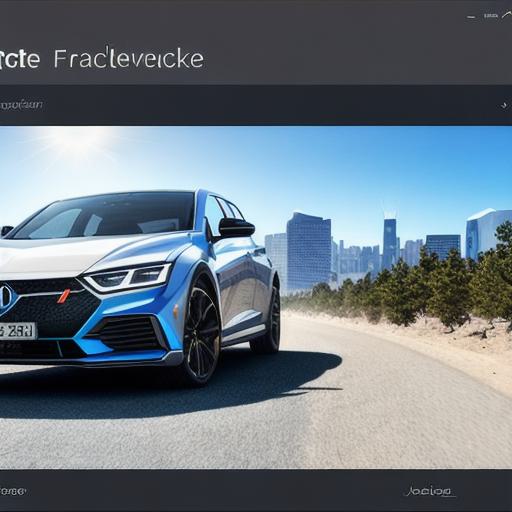Next.js: The Future of Web Development
Web development has come a long way since its inception, with new technologies and frameworks emerging every year. One of the latest developments in web development is Next.js, a popular React framework for building server-rendered applications. In this article, we will explore what makes Next.js such a powerful tool for building modern web applications and how it fits into the future of web development.
What is Next.js?
Next.js is an open-source framework for building server-rendered React applications. It was created by the team behind popular web development tools like Webpack and Babel, and has quickly become one of the most popular frameworks for building web applications.
One of the key features of Next.js is its support for static site generation (SSG). SSG allows you to pre-render your application’s pages on the server, which can improve performance and SEO. Next.js also supports server-side rendering (SSR), which allows you to render pages on the server before sending them to the client.
Another important feature of Next.js is its built-in support for dynamic routing. This means that you can easily create URLs that match your application’s structure, without having to write any custom routing code.
Why Choose Next.js?

Next.js has several advantages over other web development frameworks. One of the biggest advantages is its support for both static site generation and server-side rendering. This means that you can choose the best approach for your application, depending on your specific needs.
Another advantage of Next.js is its built-in support for dynamic routing. This makes it easy to create complex applications with many pages, without having to write a lot of custom routing code.
Next.js also has a large and active community of developers, which means that there are plenty of resources available to help you get started with the framework. Additionally, Next.js integrates well with other popular web development tools like Redux and GraphQL, making it easy to extend your application’s functionality.
Real-Life Examples of Next.js in Action
Next.js is being used by many companies to build modern web applications. One example is the popular blogging platform Medium, which uses Next.js to power its server-rendered React components.
Another example is the e-commerce platform Shopify, which uses Next.js to build its static site-generated pages. This allows Shopify to take advantage of the performance benefits of SSG while still being able to use dynamic routing for its storefront.
The Future of Web Development with Next.js
Next.js is just one of many tools and frameworks that are shaping the future of web development. As more companies move towards server-rendered React applications, we can expect to see more tools like Next.js emerge in the coming years.
In conclusion, Next.js is a powerful tool for building modern web applications. Its support for both static site generation and server-side rendering, along with its built-in support for dynamic routing, make it an attractive option for developers looking to build complex web applications. With its large and active community of developers and integration with other popular tools like Redux and GraphQL, Next.js is sure to be a major player in the future of web development.
